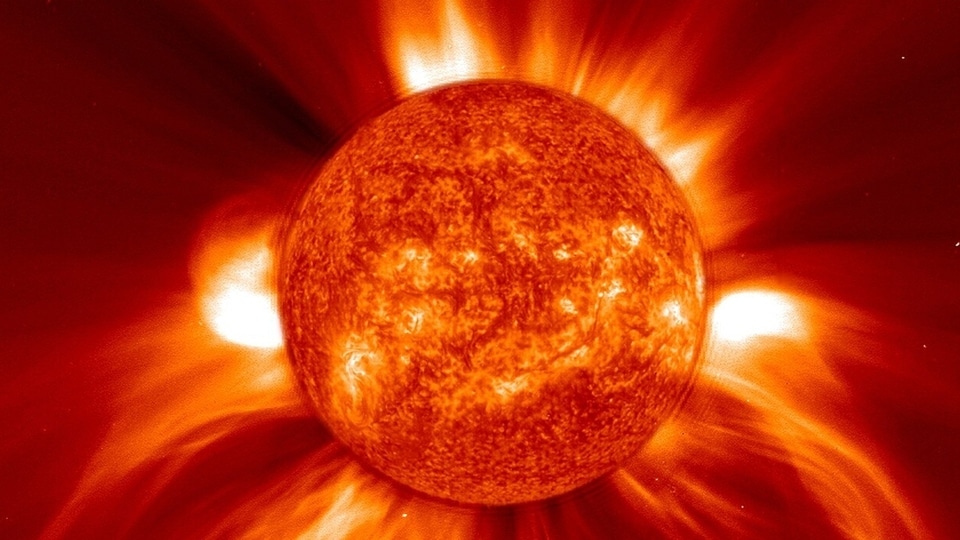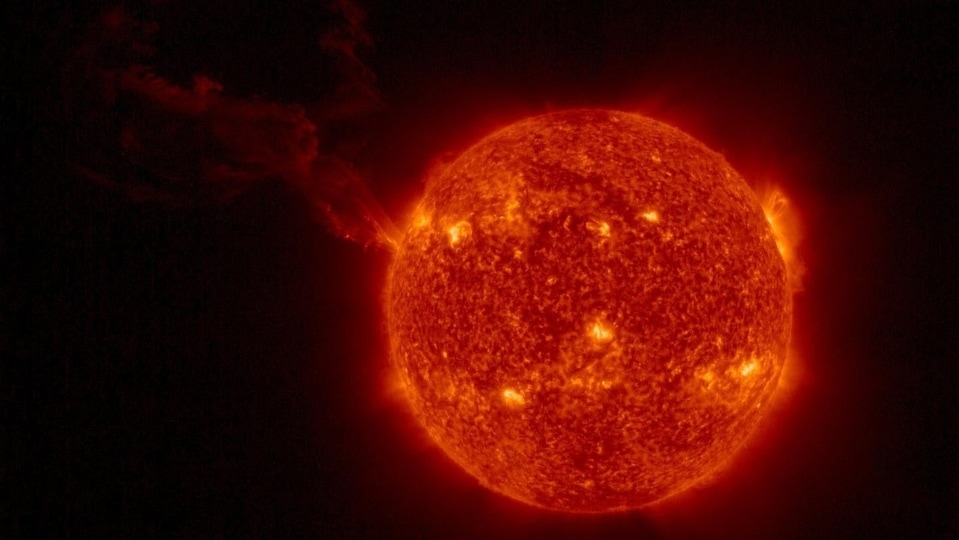What is autumnal Equinox and how is it connected to solar storms?
As the autumnal equinox is approaching, there is a steep rise in the frequency of solar storms.






 View all Images
View all ImagesHave you ever heard of Equinoxes? During this time, the Sun shines directly at the equator and the length of day and night becomes equal at all latitudes. During Equinoxes, the Earth's axis is tilted neither toward nor away from the sun.
There are only two times in a year when Equinoxes occur. The Equinox which occurs during the autumn, is known as the autumnal equinox. This day usually occurs in mid-September.
Increase in solar activity
During the past week, the Earth experienced a series of impactful events caused by the Sun, including two distinct solar storms and several radio blackouts. This heightened solar activity has been among the most active since April, leading researchers to believe that the Sun is entering a phase of increased intensity as we approach the autumnal equinox in September.
Relation between Solar storms and autumnal equinox
Since we are approaching towards autumnal equinox, solar activity is also increasing. Do you wonder, how equinoxes are causing the geomagnetic or solar storms?
According to the Bureau of Meteorology, a geomagnetic storm is caused when the direction and strength of Earth's magnetic field is observed to be varying caused by the increasing volatility in the Sun in the form of solar flares, coronal mass ejections, and the solar wind.
During equinoxes, there are two times each day when Earth's magnetic poles (north and south) are at right angles to the solar wind. This makes the solar wind stronger, which can cause stronger magnetic storms. As the seasons change, the poles either point more toward or away from the sun, which reduces this effect.
According to a report by EarthSky, Russell, and McPherron suggested that the sun has a magnetic field, also called the BZ component, and the north-south component of this field moves up and down throughout the year. This movement is similar to the way the Earth wobbles on its axis. These ups and downs of the sun's magnetic field are the biggest during the equinoxes. sometimes, the sun releases a stream of charged particles called solar wind. When this solar wind's north-south direction is opposite to Earth's north-south magnetic field, it can lead to geomagnetic storms. These storms can cause beautiful auroras to appear in the sky. It can also impact satellites and the power grids adversely
How the autumnal equinox is going to affect the earth this time is still unclear though. The signs have already started to show up.
Catch all the Latest Tech News, Mobile News, Laptop News, Gaming news, Wearables News , How To News, also keep up with us on Whatsapp channel,Twitter, Facebook, Google News, and Instagram. For our latest videos, subscribe to our YouTube channel.


























